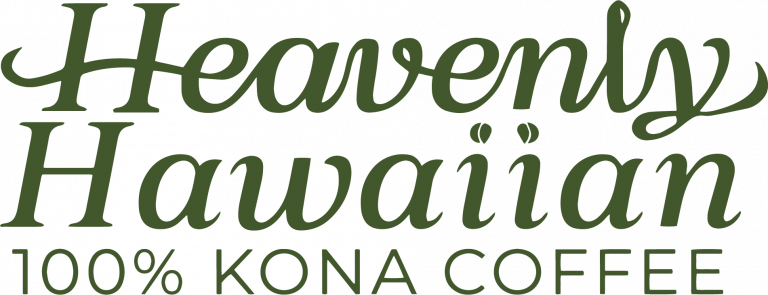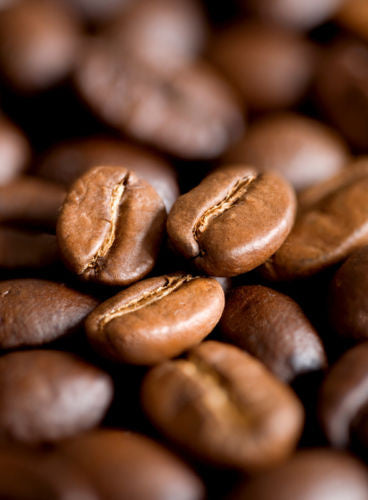A coffee spill-all on the premium cost of Kona coffee
Why is Kona coffee more expensive than other coffees? That’s one of the most frequent questions we’re asked by visitors to the farm. Take a free tour 9am-4pm Monday-Saturday.
Now, to start, Kona coffee really isn't that expensive. It does cost more than many other coffees, but Kona coffee is the world’s most highly rated coffee and, the cost for a cup of the world’s best coffee works out to less than $1.50. That’s not cheap, but it's not a show-stopper either.
Still, Kona coffee is more expensive than coffee from other regions in Africa, Central or South America. Why? Most visitors assume that price is driven up by low supply (of suitable land on our Island) and high demand (for the world’s best coffee).
There is something to this. There is never enough Kona coffee to meet the demand for it and this tends to mean you will never find “a deal” on 100% Kona coffee. But the main reason Kona coffee is more expensive to buy is because Kona coffee is more expensive to produce.
The Cost to Farm in Kona
It is expensive to farm in Kona. Consider just the cost of land. Have you ever tried to buy land in Hawaii? Right. You probably thought it would be too expensive. And you would be right -- land in Kona coffee country is very expensive; far more expensive than similarly situated land in any other major coffee-producing nation. And land is only the beginning.
Labor Costs in Kona
Coffee farming in Kona is extremely labor intensive. Processes that are mechanized elsewhere are performed by hand in Kona due to the steep terrain here. After all, in Kona, coffee is grown on the side of a mountain; steep, rocky terrain is the norm.
Coffee workers in the United States receive much higher wages than their peers in such major coffee-producing nations as Brazil, Ethiopia, Columbia, Kenya or Indonesia where wages for coffee farm workers top out at just a few dollars a day. In Hawaii, farm workers earn at least $10.10 per hour, the statutory minimum wage. And on Heavenly Hawaiian Farms, that minimum rises to $15 per hour -- our starting pay for most farm workers and the least we believe constitutes a living wage in this most expensive state.
Some coffee workers can earn even more than this. For example, we pay people to help us harvest our coffee by the amount of coffee cherry they pick -- somewhere between 75 cents and $1 per pound, for workers who can pick 400 or more pounds in a day. Since it takes about 6 pounds of coffee cherry to produce just one pound of green (unroasted) coffee, we pay about $6 per pound just to get the coffee off the trees.
Compare this to the international market price for green arabica coffee which is about $1.50 per pound. That means our cost just to harvest Kona coffee is 4X the total production cost of green coffee from major coffee-producing nations. And this is the case primarily because we pay our workers a decent, living wage.
Coffee Production Costs
Like any other farm, a coffee farm requires specialized equipment and uses fertilizers, soil nutrients, pest and weed controls. All this is a significant expense for any farm but for a farm in Hawaii, costs are much greater since almost everything in Hawaii must be shipped here by ocean barge. The resulting transportation costs drive up the prices we pay for farm equipment and supplies, and this increase is made worse by a quaint law passed by Congress that requires all goods shipped to Hawaii to be shipped by one company -- creating a de facto monopoly and pushing transport costs even higher.
These production costs are also higher in Kona because of the way Kona coffee farms have grown here. Coffee plantations in major coffee-growing regions are typically thousands of acres in size, creating economies of scale for those farms. Kona is completely different. Since Kona coffee beans come from a community of tiny farms (typically under 10 acres each), the coffee receives much greater attention from the farmer but costs are higher due to our low economies of scale.
What all this means?
You don’t see many coffee farmers mooring their yachts along the Kona coast or jetting off to their Riviera retreats. That’s because, like all farmers, we are just a little too busy farming, and improving our farms — there’s never the time or money for such luxuries.
But that’s just fine. You don’t need a yacht when you are already “moored” to a beautiful island; and you don’t really need the Riviera when you are blessed to live in Hawaii. And that’s the pay-off for Kona coffee farmers. None of us get rich farming coffee, but if we do everything right, we do make enough to live in this beautiful place, and to produce a crop that helps others enjoy a little paradise in their morning cup. The Island is expensive. The coffee is premium. But both are worth the price for us, and, we trust, for you.









Leave a comment